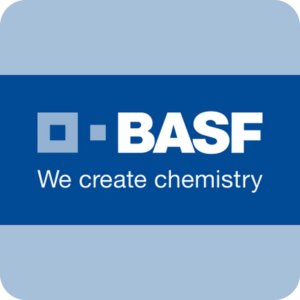GLUING PROCESS
Rather than emphasizing on what kind of glue we use, I'd like to focus more on NAGIC gluing process. It's because basically, there is no big difference between NAGIC's glue and ones of other vendors.
Most of mat vendors use PU glue, which is strong and easy to source everywhere. If you still wonder what PU glue is, you can think about flooring for basketball fields or for some of indoor parking areas.
So what's the point if everyone uses the same raw material, and we can still stand out?
Key takeaways:
1. How we mix A,B glues:
PU glue starts to work after A and B glues are mixed together to have chemical reaction.
We have designed this A,B mixing into part of NAGIC automatic production process, so we can avoid uneven A,B mixture. Our mixing accuracy is impossible to reach by hand.
2. How we spread glue:
NAGIC develops our own gluing machine to spread glue, so we can control the thickness of glue and make sure every part of mat is well spread.
Most important is that we can maintain the quality, avoiding uneven spreading which causes fragile and defect mats.
3. Who we partner with:
PU glue is a commodity, which you can source easily in the market. But NAGIC chooses BASF, one of biggest chemical company in the world, as our supplier to make sure the quality.
With their strong research team, whenever we have problems, we do experiments with data as a foundation for improvement and solution.
Like what our General Manager shared with us, equipment and machines of TSMC, the biggest Taiwanese company, are available in the market. However, TSMC can make the best products with their know-hows. When it comes to PU glue, I feel like it's the same logic and that's NAGIC's know-how we are proud of.
